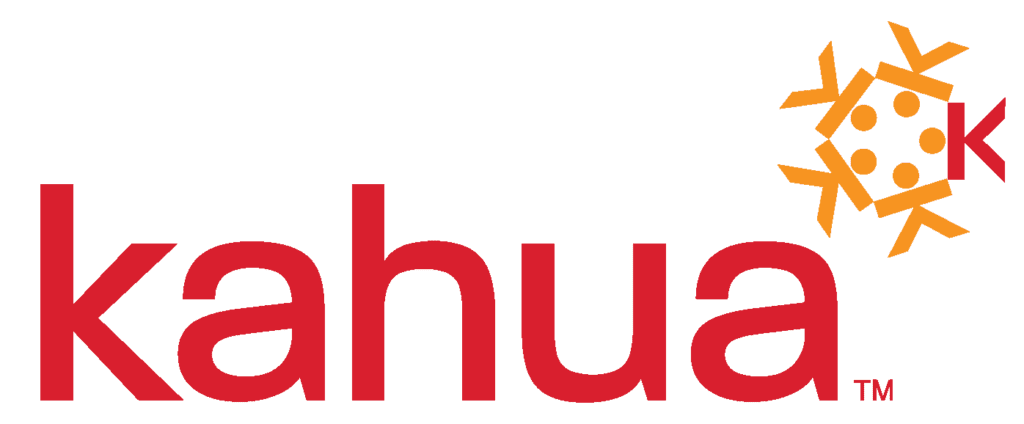You Can Start Now: Close the Loop to Reduce Asset Risk
Portfolio and asset management for owners is a long game.
Most asset lifecycles started long before today’s technology, and with assets being utilized for 50 or even 100 years, relying on as-built data collected during construction is simply not plausible.
To account for that, owners are in a constant state of recollecting and assessing data for each of their assets. For many of you, this becomes known as facility conditions assessment (FCA).
FCA doesn’t solve the whole problem either. The day the report is generated, we quickly return to square one.
Just as the as-built data becomes stagnant and unreliable, the data collected and captured in the detailed report is placed in a binder and left on a shelf. This makes it difficult to translate assessments into useable data for exercises like capital planning.
When the operational side and capital side are disconnected, priorities are also disconnected. We had one client’s operations team put through a major HVAC system overhaul only to see the capital team decommission that same system the next year.
With so many assets and data from each assessment that is difficult to sort through, it becomes difficult to know where to spend your money. And not knowing where to spend your money not only creates a risk of failure and downstream, but possibly even loss of life.
The need to destruct data silos is not a new topic, as many beat the drum of a connected platform loudly across the industry.
However, the problem persists, and the asset management lifecycle is in dire need of an end-to-end, closed-loop platform.
Capturing Low-Hanging Fruit with the FCA
Let’s start by circling back to these facility conditions assessments. The FCA is an update of data that has been collected during construction.
The first step in closing the loop on capital planning is developing a standardized taxonomy for data collection in construction. This taxonomy is formulated with operations in mind and becomes the foundation for asset consistency.
With taxonomy defined, the real work begins. Start where you are and focus on where you can enhance. If the data is already built out in disparate systems, begin by getting the data centralized on the asset.
Combine the multiple data sources into a single view with GIS to enable spatial decision-making while also bringing together FCA, maintenance and capital planning into a single view.
From there, develop a plan for the areas that run the highest risk of failure. In the absence of good data, enable teams to capture new project intakes with a focus on those assets. Utilize inspections from maintenance crews, as leaning on boots on the ground will build a check between your data and your experts.
By organizing the construction and FCA data and getting all teams within the same system, you close the first loop in asset management.
It reduces cost in the asset library creation at project turnover, and it reduces the need to invest in expensive, stagnant assessments every few years.
And while capital planning teams will still need to review all issues, they will be doing so collectively within a single system. Since this is built into the project, including “asset-centric” deliverables should be included in any contractor contract you issue as a required deliverable.
Incorporate Ongoing Maintenance
The creation and maintenance of the asset library is just the beginning. Once you know your assets and the key issues, incorporating this detail into the capital planning cycle is the next step.
With a holistic understanding of your assets, you are now able to prioritize where your capital investments will make the most impact, whether it be routine maintenance, replacement or a new project altogether.
Group together like issues into a combined program for better procurement and cost efficiency. Identify your high-risk assets and develop a long-term plan to coordinate replacement across the portfolio in a strategic way.
This approach enables you to see how each new project alters your asset landscape, the risks and remaining useful life (RUL).
The CMMS still has its place for preventative, predictive and corrective maintenance and tracking. Adding in the asset-centric approach just enhances information sent to the CMMS and allows for better CapEx planning for asset retirement and replacement.
Play the Long Game
The goal here is to incrementally improve and capture information and existing assets while simultaneously improving information on new assets.
By connecting construction data feeding the initial asset library and then closing the loop with capital planning and maintenance in the same system, the need for a facility conditions assessment every five years becomes obsolete.
Instead, this closed-loop process, with the asset at the core, creates a continuous facility assessment. The connection and link of your data received from a project to other records from the CMMS create a very accurate view of how individual assets are performing.
The structure of slowly gathering information starts the path on where you want to go and provides you and your team with better, more accurate data on individual assets in your portfolio. By using asset-centric, you are starting the asset data set off correctly through the CapEx cycle; improving the accuracy of new or renovated assets.
This provides better planning functionality and a more accurate depiction of cash flow spending on asset replacement.
Rinse and Repeat
While this traditional problem of disconnected capital and operations teams is not something that can be solved overnight, there is now a solution in sight.
Build asset-centric into your design and construction contracts, be patient and prioritize your highest risks. Standardize maintenance schedules and inspections in-house to collect data on asset failure and educate your team on what to look for going forward.
Over time, this consistent asset condition and planning will bring you current and the continuous condition assessment will be underway.
But first, you must start. Start now with what you have. Integrating multiple data sources spatially tells you which assets have risk and where your OpEx and CapEx plans are focused. Starting a program with renewed or replaced assets during construction sets you up for future success.
You can do this on your own and create a great path forward. However, if you would like to have a conversation with us on how you can started with Kvolve and our partner Kahua, talk to us today.


